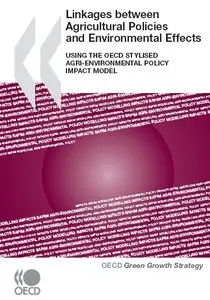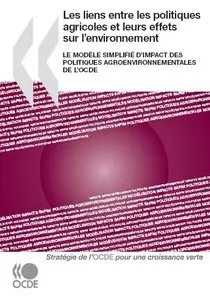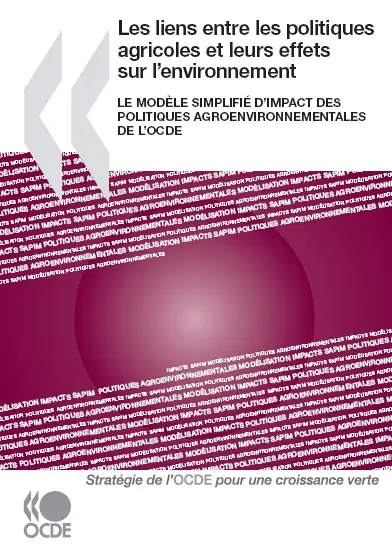Linkages between Agricultural Policies and Environmental Effects : Using the OECD Stylised Agri-environmental Policy Impact Model
OECD Green Growth Strategy
OECD | 16 Nov 2010 | ISBN: 9264095700 | 176 pages | PDF | 2 MB
OECD Green Growth Strategy
OECD | 16 Nov 2010 | ISBN: 9264095700 | 176 pages | PDF | 2 MB
This report notes that, overall, the diversity of conditions across sectors and countries makes it difficult to generalise the impact of agri-environmental policies beyond the situations that are modeled. Nevertheless, some wider policy messages emerge. Drawing on the four case studies examined, this report recommends that; polluting activites that are not regulated should be included in policy design; the existing overall policy environment needs to be taken into account in evaluating agri-environmental policies; and environmental co-benefits and trade-offs need to be recognised.
This report applies the model to representative farms in Finland, Japan, Switzerland and the United States. These countries include a wide range of objectives, policy measures and agri-environmental conditions. The results highlight that when positive or negative environmental externalities are not taken into account by farmers then the production choices by farmers will reflect private costs and benefits. Policies can potentially raise social welfare by taking account of those externalities.
Table of Contents
Executive Summary
Chapter 1 Introduction
Chapter 2 General description of the SAPIM framework
Agriculture-environment interactions: Model choices
General framework for agri-environmental externalities in a heterogeneous landscape
Chapter 3 Environmental effects of agricultural policies: Literature review
Soil erosion
Greenhouse gas emissions
Pesticides
Water quality (nutrient pollution)
Livestock manure related emissions and policies
Biodiversity and wildlife habitats
Broad-ranging agricultural policies and multiple environmental effects
Farm-level modelling approaches under heterogeneous conditions
Chapter 4 Finland: Crop production and entry/exit options with forestry
Theoretical framework
Empirical applications using Finnish data
Policy simulations and results
Summary of the Finnish case study
Chapter 5 Switzerland: The environmental effects of dairy production
Theoretical framework
Empirical application on the basis of Swiss data
Policy simulations and results
Summary of the Swiss case study
Chapter 6 United States: The environmental effects of crop production and conservation auctions
Theoretical framework
Empirical application on the basis of the US Corn Belt
Policy simulations
Results
Summary of the US case study
Chapter 7 Japan: Optimal l and-use allocation and nitrogen application
Policy context and analytical framework
Theoretical framework
Empirical framework
Policy simulations and results
Results
Summary of the Japanese case study
Chapter 8 Sensitivity analysis
Sensitivity analysis of model parameters
Sensitivity analysis with respect to key assumptions
Sensitivity analysis of SAPIM case studies
Chapter 9 Comparative analysis of results for all case studies
Comparing environmental and economic impacts
Comparative analysis results
Chapter 10 Conclusions
Annex A. The Finnish case study
Annex B. The Swiss case study: Background data
Annex C. The Japanese case study: Empirical specification
Bibliography
with TOC BookMarkLinks
Available in French - "Les liens entre les politiques agricoles et leurs effets sur l’environnement":
fr iFi Download • | • fr ES Download
fr MegaUp Mirror
fr iFi Download • | • fr ES Download
fr MegaUp Mirror
More : You find here





